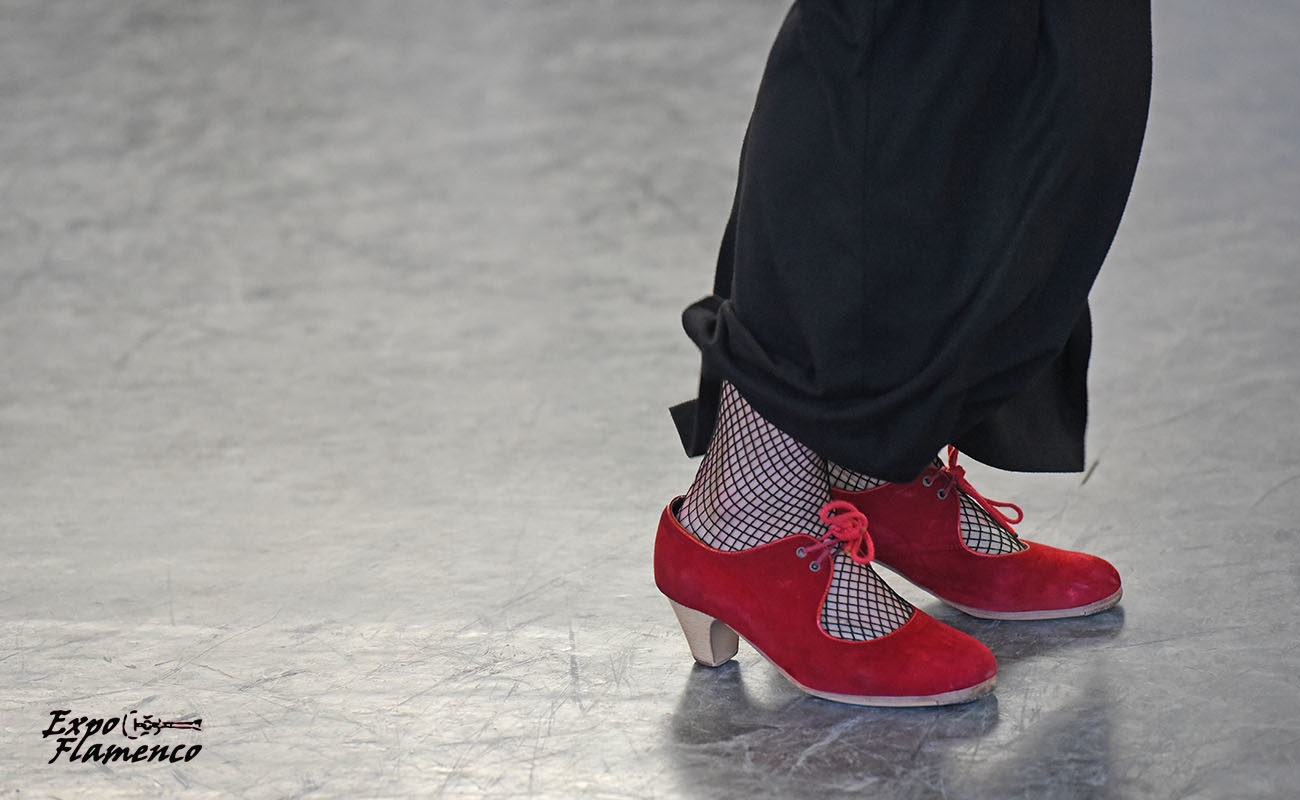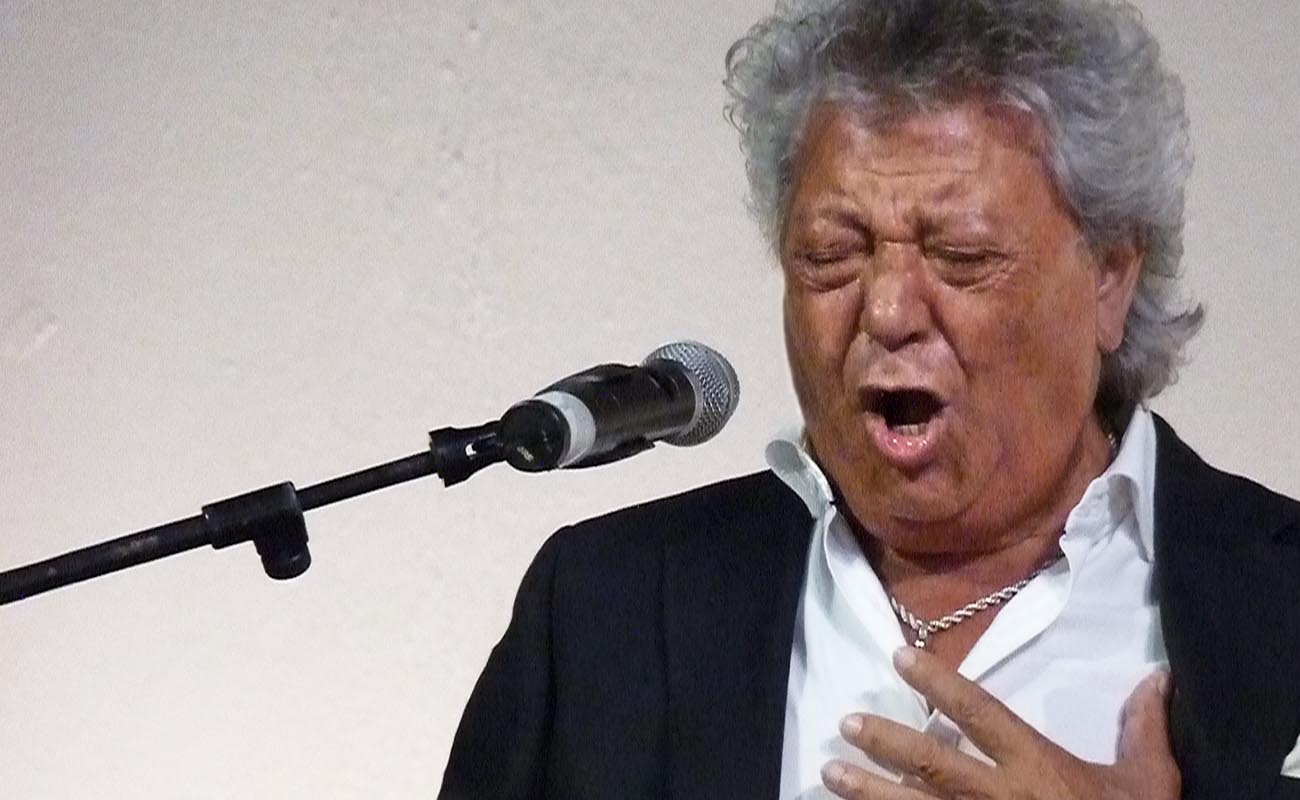Baile flamenco: art form and sporting activity
Professional bailaores may stomp their feet over two hundred thousand times in one single week. This is a high-intensity physical activity that must include ways to prevent lesions.

At first glance, it may not seem that baile flamenco has much in common with other sporting activities. Yet, the physical activity of professional bailaores is as demanding as that of high-level athletes. What does this mean? It means that bailaores, just like football or tennis players, must be careful to prevent lesions, with the proper equipment, training and care.
Some hard data: did you know that bailaores can stomp their feet over twelve times per second? That is how they are able to produce such unique sounds. On the other hand, a six-minute baile may involve ten thousand stomps, so professional bailaores may stomp their feet over two hundred thousand times in one single week. Besides, the heart rate of a professional bailaor during a performance averages 155 beats per minute.
The above data was taken from a study titled Baile Flamenco from the perspective of the Science of Physical Activity and Sport (“El baile flamenco desde la perspectiva de las Ciencias de la Actividad Física y del Deporte “), directed by Alfonso Vargas-Macías, who has a University of Cadiz doctorate in Science and Medicine of Sport and is also director of the Telethusa Flamenco Research Center. His findings were published by Diario de Jerez in an interesting and extensive report.
Footwork greatly wears out the foot bones. This may cause stress fractures. Besides, lesions may affect other parts of the body, such as the knees, the back and the pelvic and cervical areas. There are many associated ailments such as onychosis (nail disease), hyperkeratosis (thickening of the skin), Hallux valgus and other foot deformities, plantar fasciitis (a disorder of the arch of the foot causing heel pain), metatarsalgia (painful inflammation in the ball of the foot), ankle and knee sprains, ligament and meniscus lesions, neck and back problems (muscle contractures and overloads) and premature hip arthritis, among others. Is there are solution? Definitely yes: prevention. The impact of footwork is unavoidable, but it can be lessened. A study of the biomechanical step made by a specialized podiatrist will help in lessening the overloads caused by baile, achieved by controlling and compensating, in order to correct the impacts.
Such study is a simple analysis of the movements of each individual, focusing on muscles, coordination and reflexes, among other factors. The body movements are analysed, and a proper supporting base is determined. To achieve this, high speed-cameras, optical sensing systems and pressure platforms are used.
Performing baile while enduring pain is more common than it should be, and it is not recommended. «When pain starts, we must stop and evaluate it, because after the pain comes a lesion. When we feel an overload or pain, the ideal is to have it analysed and trying to remedy it», explained doctor Guillermo Lafuente, podiatrist at Clínicas Beiman.
«We must have in mind that baile flamenco is an artistic activity. Bailaores must be able to express themselves, and it is hard to be expressive while in physical pain, particularly when performing alegrias or tangos», stated José Manuel Castillo, expert in Ortopodiatry and Biomechanics and professor at the University of Seville.
Visiting a podiatrist will also help to eliminate the bothersome calluses that often appear in feet. It is recommended that bailaores visit a podiatrist at least every two months.




